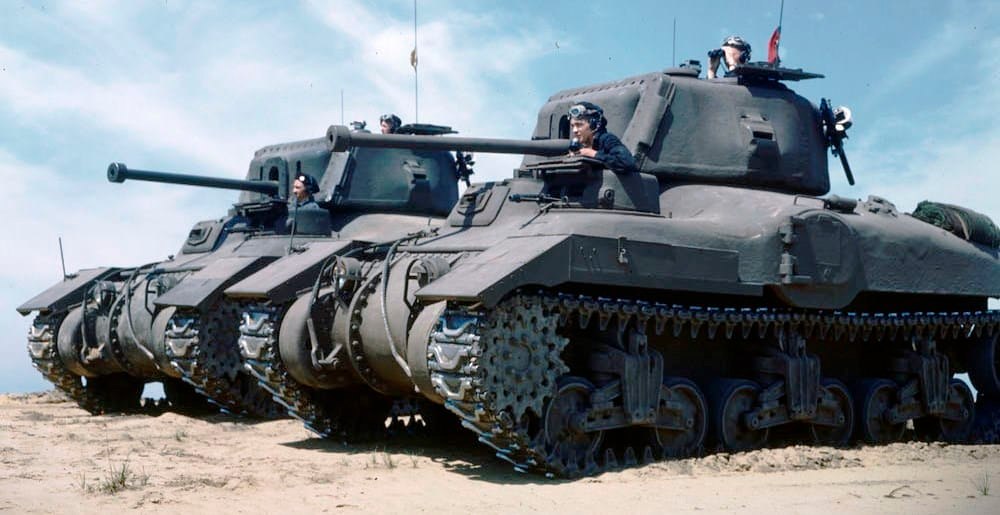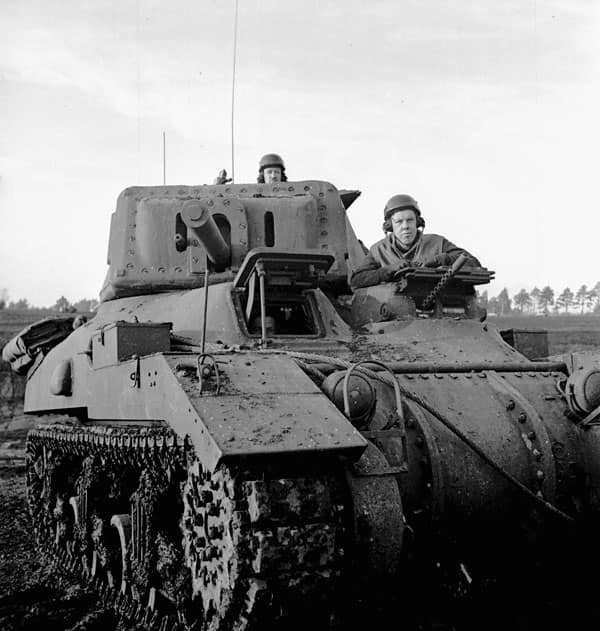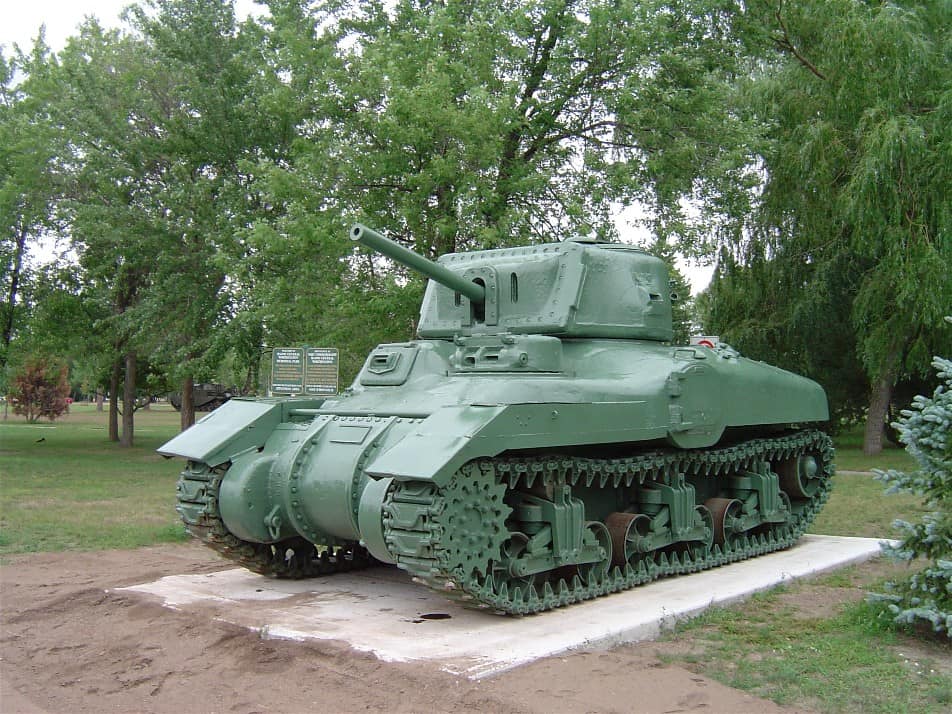Meet the Ram

Now much like Australia and New Zealand at the outbreak of WW2, Canada knew they could not hope to rely on Britain to supply the Canadian armed forces with the equipment they needed, specifically tanks.
As a result, Canada began to invest in building British Valentine tanks at the Canadian Pacific Railway workshop in Montreal, as it was the only company in Canada at the time with the facilities needed to build such vehicles. However, the Valentine was an “Infantry” tank, and Canada wanted something with a little more hitting power, a “Cruiser Tank” if you will. Unfortunately, after Dunkirk in 1940, Britain was in a situation where they had to rebuild their armored forces from scratch. This meant that Canada could not hope to get any more “British” components to build their cruiser tank.
The Initial Design and Development

As a result, the decision was made to base their new cruiser tank on a U.S. rather than a British design. This made sense since the U.S. was nearby and had the materials needed. Initially, Canada was interested in the M3 Medium “Lee” tank, but soon realized its design was unsatisfactory for their needs. So the Canadian Interdepartmental Tank Committee adopted a compromise.
Using the Lee’s chassis as a basis, they would develop a whole new tank from the ground up. This involved designing a new hull and turret for the Canadian tank, which could take a 6-pounder (57 mm) or 75 mm gun while still retaining the lower hull of the M3. Montreal Locomotive Works was given the contract to build this new Canadian tank with the desired modifications, and in late 1941, the “RAM” was born.
Features and Performance

Carrying a crew of 5, the Ram (specifically the Ram Mk. II) was armed with an Ordnance QF 6-pounder main gun and could carry up to 92 rounds. Powered by a Continental R-975 9-cylinder radial gasoline engine, the Ram had a top speed of 25 mph and had armor thicknesses ranging from 25–87 mm. But unfortunately, the Ram is usually compared to the Ross Rifle, being seen as another unsuccessful Canadian weapon design.
Now, while there was nothing particularly wrong with the Ram, it was overshadowed by the American M4 Sherman, which was not only being mass-produced but was also superior to the Ram. As a result, the Ram was mostly relegated to training Canadian tank crews both at home and in the UK. Though some models fitted with the Wasp II flamethrower were used by the 5th Canadian Armoured Brigade in the Netherlands in 1945.
Post-War Usage and Legacy

After the war, the Ram was soon adopted by the Royal Netherland Army as they began to rebuild their armed forces. However, they were eventually phased out and replaced by Centurions by the mid-1950s.
~NC









